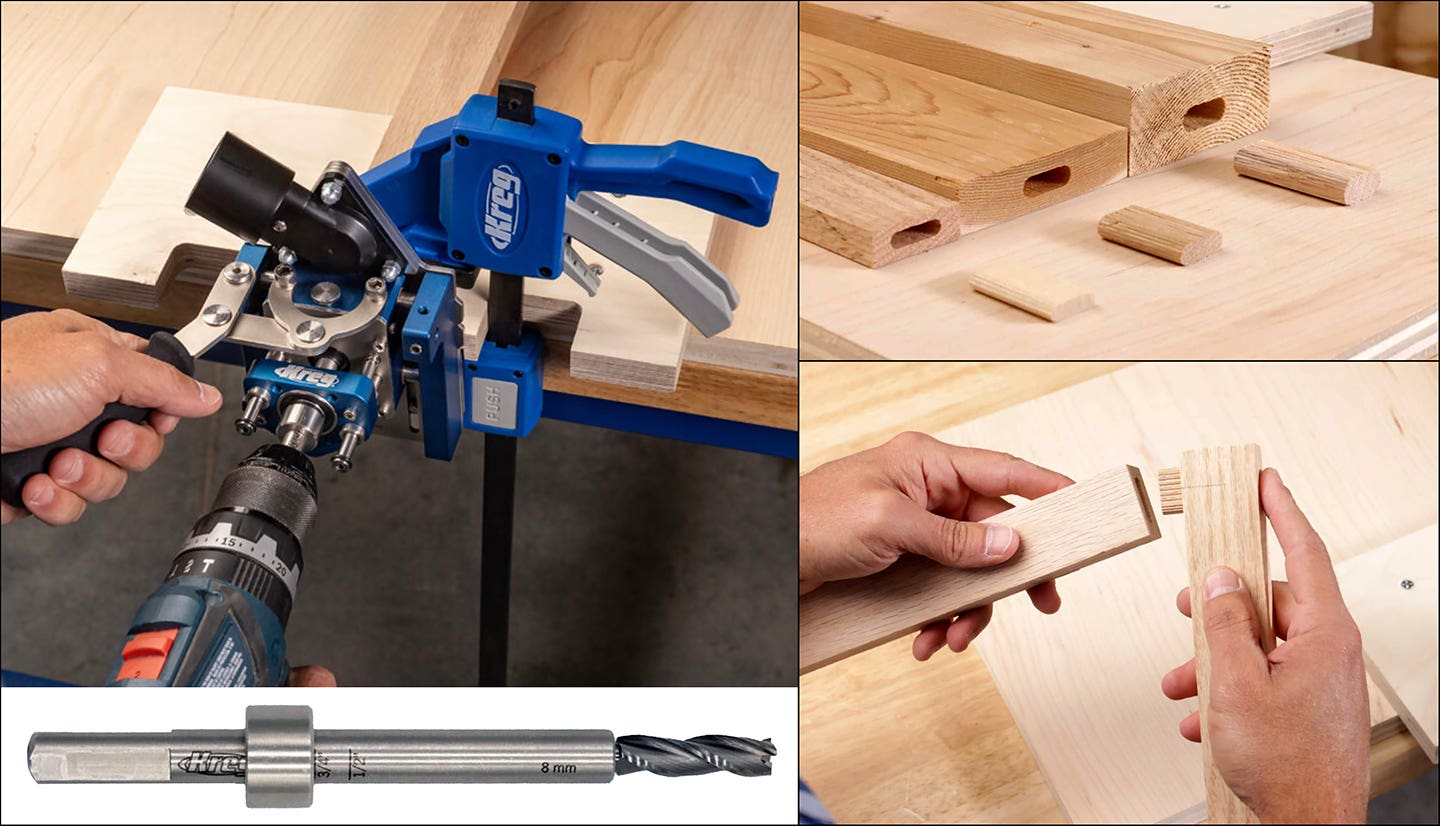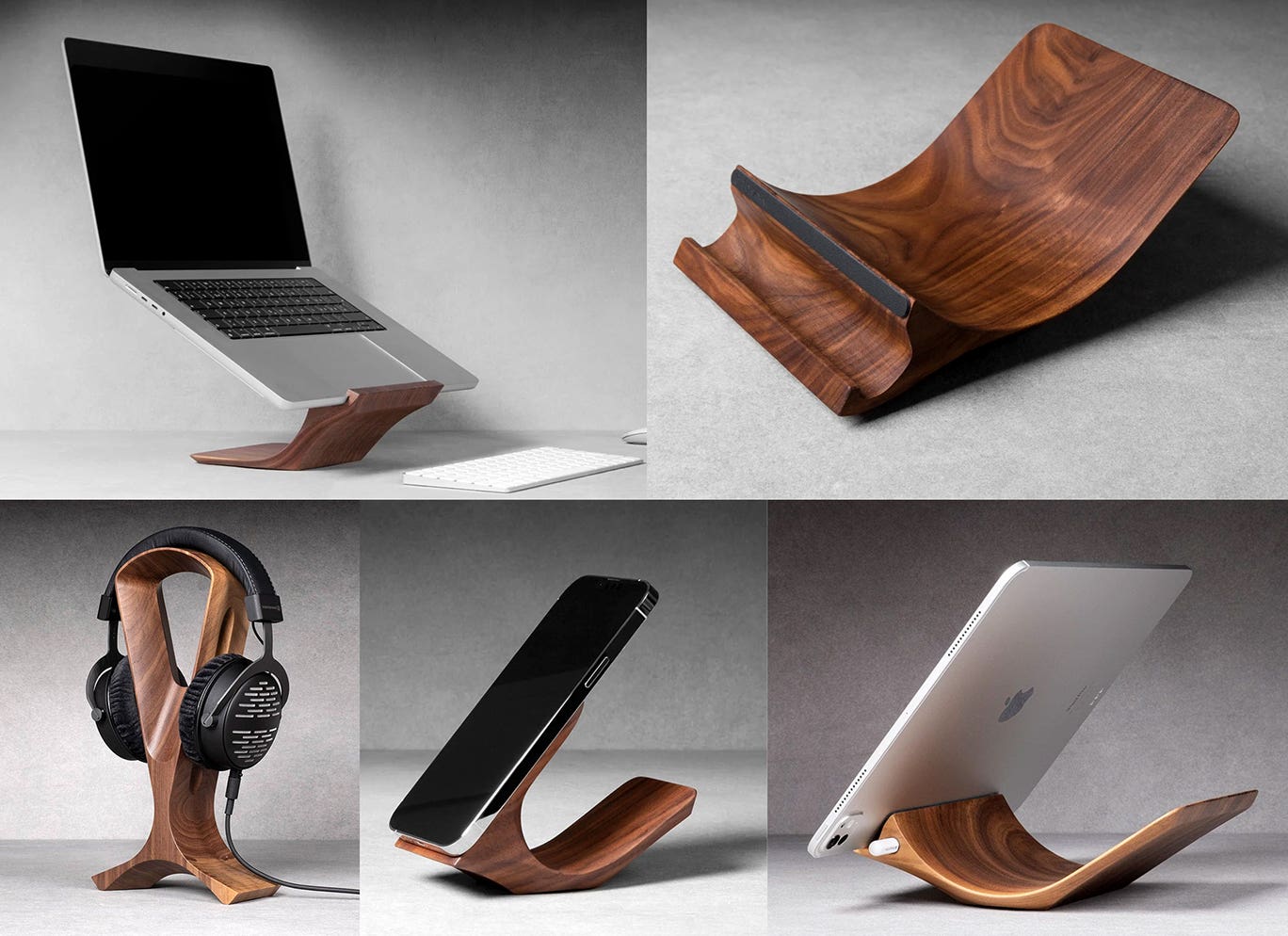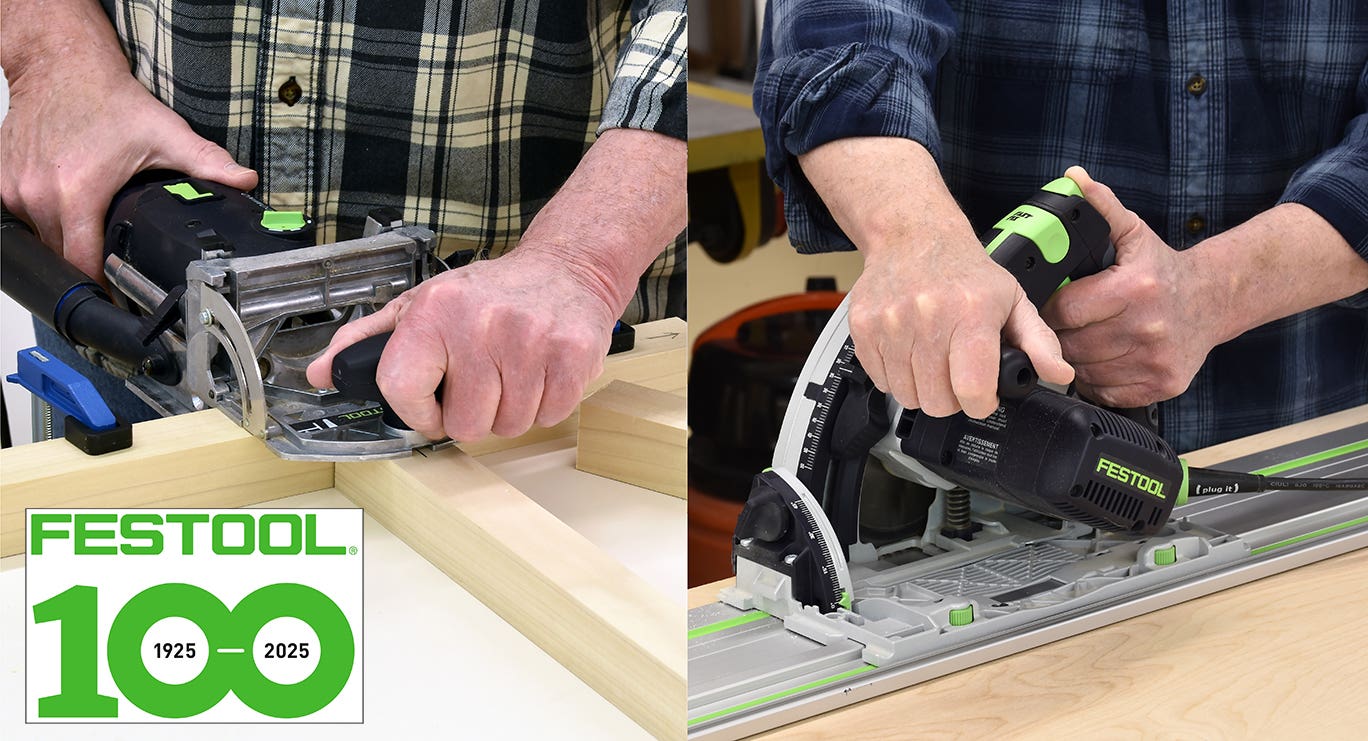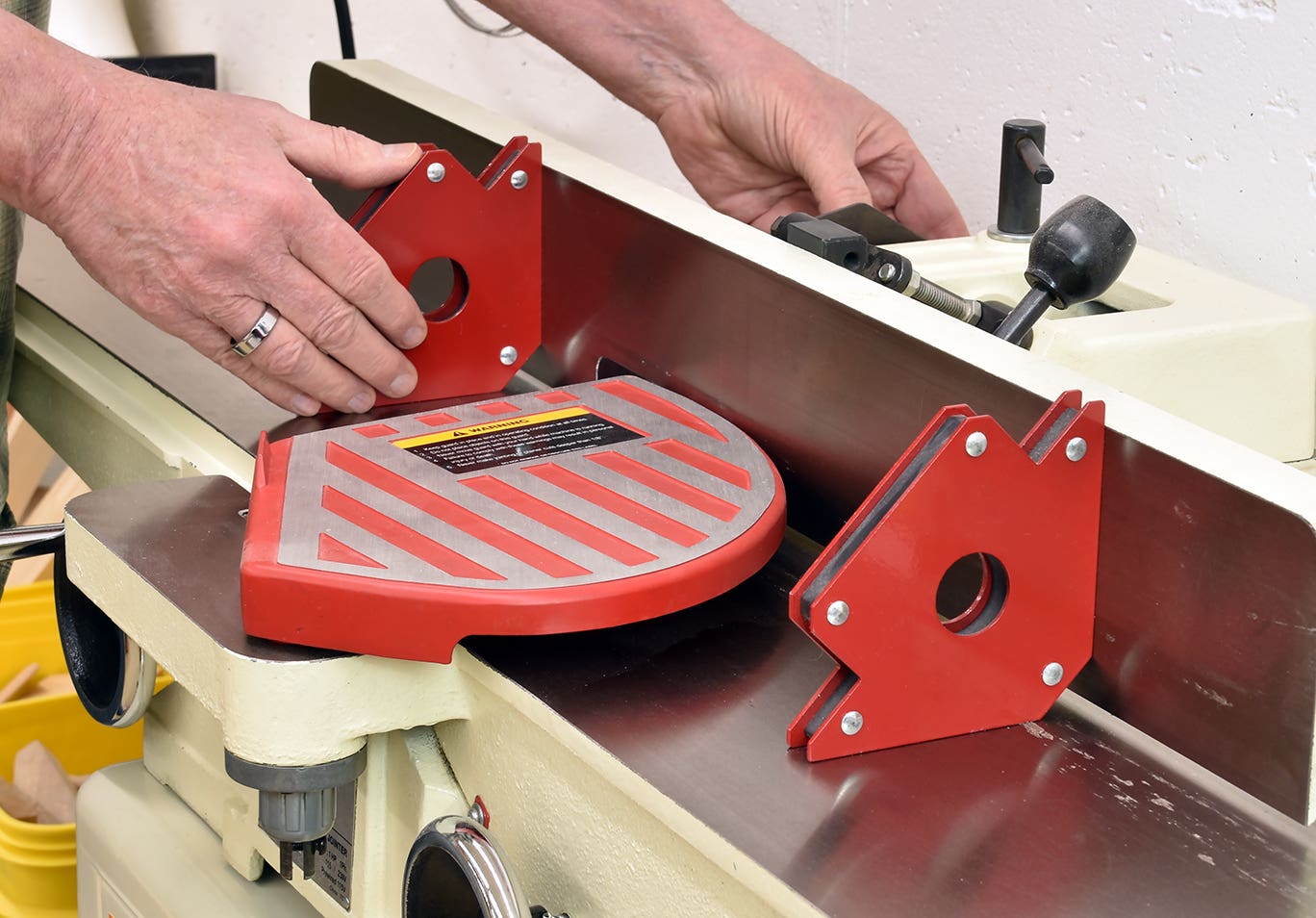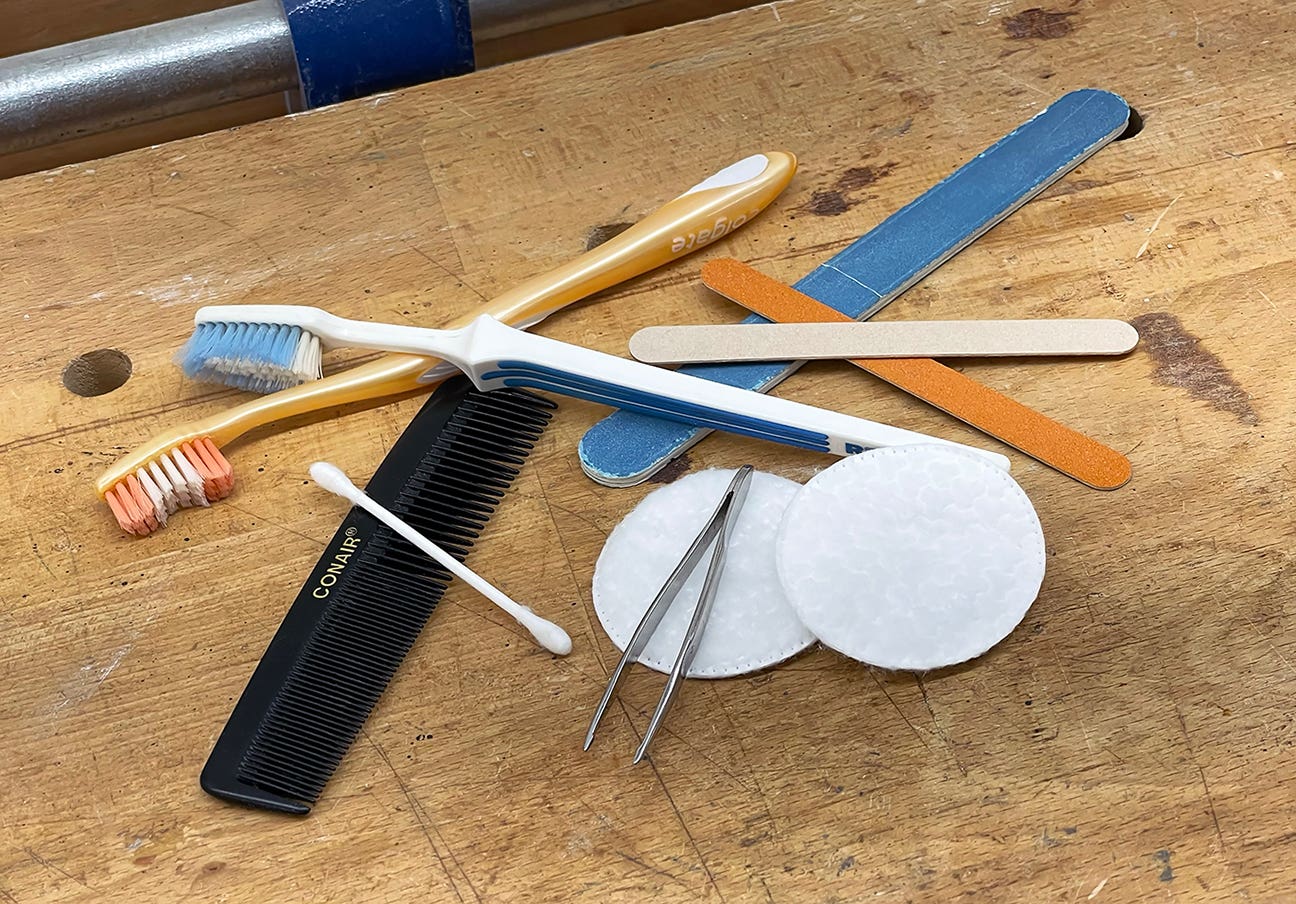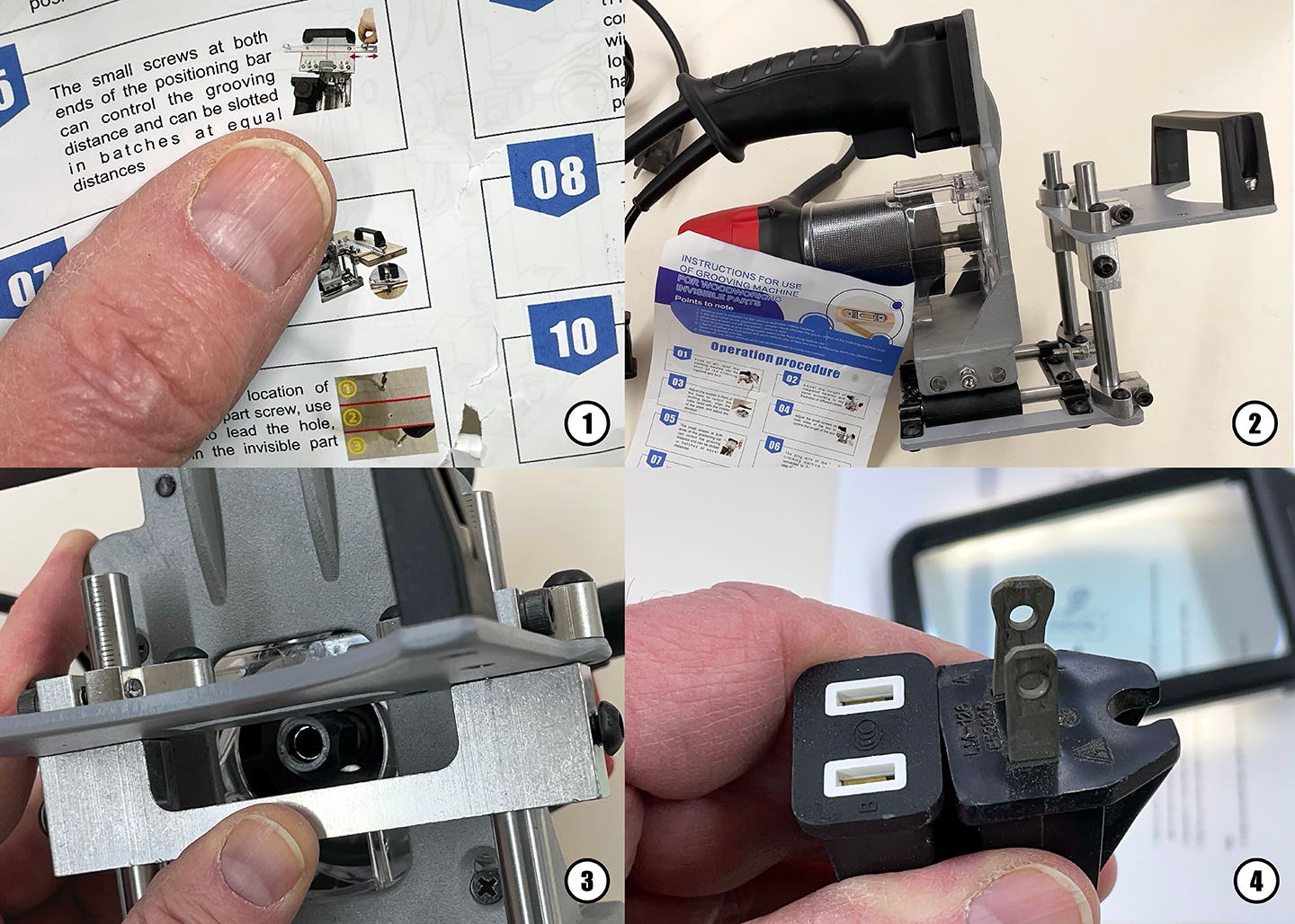A rubbed finish will seal the deal well
Few things will so improve the look and feel of a film coating on wood than “wooling out” your just-completed work A sprayed-on coating has a characteristic “pebbly” surface, often…
Few things will so improve the look and feel of a film coating on wood than “wooling out” your just-completed work
A sprayed-on coating has a characteristic “pebbly” surface, often called an “off-the-gun” finish in the trade. If done well, the texture will be quite fine. If not, it can be much coarser and irregular. An off-the-gun finish can also have debris (dust, sawdust, hair) embedded in the coating, or overspray on the surface. In more serious cases, drips, runs, curtaining and pinholes in the surface can be evident.
While meticulous housekeeping and good air filtration can reduce debris, and material applied properly with appropriate and well-maintained equipment will enhance flow and reduce overspray, we have not yet developed a coating material that will flow and dry to a perfectly smooth and level coating. Yet we can see extremely smooth and level finishes on fine furniture and other objects, from the very high-gloss, mirror-like finish on a Yamaha piano to the very low-sheen desk or conference table we might see in an attorney’s conference room.
Most of these finishes are what we call “rubbed finishes.” These coatings are leveled with sandpaper that removes the surface irregularity and cuts a scratch pattern in the coating. This scratch pattern lowers the sheen of the surface by reflecting the light in all directions, rather than primarily in one direction. The grit of the sandpaper determines the depth and width of the individual scratches, and also the sheen.
A coarser scratch pattern will provide a lower sheen, while a very fine scratch pattern will reflect more of the light in one direction, giving the appearance of a higher sheen. For the higher sheens, the scratch pattern will be invisible to the naked eye.
Both very high and very low sheen finishes present a maintenance problem. Very high sheens show even very small scratches, fingerprints, smudges, dust and dirt more than middle-level sheens. Very low sheens similarly show any oily fingerprints and dust, as well as shiny “rub” marks caused by even slight abrasion. High-gloss coatings seem to magnify defects in the wood, as well as marks left by the sanding or staining process, and make any irregularities in the surface highly visible.
Surfaces in the 30- to 50-sheen range, (the metric is gloss units, as measured by a device designed for that purpose) are a bit easier to produce consistently and easier to maintain. A rubbed finish in this gloss range can be achieved by a process known in production work as “cutting and rubbing” or “wooling out.”
The how-to
The basic procedure is to apply the coating in sufficient film thickness to allow abrading the coating with sandpaper and steel wool, allowing it to dry thoroughly, and then leveling it with the sandpaper. The leveled finish is then further abraded with a fine grade (4/0) steel wool to leave a finer and slightly different scratch pattern, thus raising the sheen.
Here’s a process for achieving a high satin or semi-gloss rubbed sheen on a lacquer coating:
After all of the sealing, filling and coloring steps are completed, apply several full wet coats of the lacquer, allowing each coat to dry thoroughly. This process may take several days, depending on how much coating has been applied, and the drying conditions. Make sure there is sufficient dry film thickness to allow the amount of sanding that will be necessary to make the coating quite level, especially on large, flat surfaces. Less topcoat will be needed on very small and curved surfaces, such as table edges, legs and stretchers.
Wet-sand flat areas like tabletops. The horizontal surfaces are generally more critical, but vertical panels, such as the doors of a wardrobe, are also important. The more visible they are, the more critical they are. Use P600 to P800 waterproof (often called wet or dry) sandpapers, wet with a mixture of Wool-Lube (a water miscible vegetable-based rubbing lubricant) and water. A mixture of 20 to 30 percent Wool-Lube to the water is generally a good choice, but as you sand with finer papers, a thinner mix might work better on some coatings.
Use a sanding block, which can be of cork or rubber, or a wooden block cushioned with a thin layer of felt, to keep the sandpaper flat and level on the surface. This allows the sandpaper to cut off the irregularities in the coating, resulting in a very level, low-sheen surface. Begin sanding with a finer paper; P800 is a good choice. If the coating is rough or very irregular, start with a coarser paper, such as P400. Switch to finer and finer grits when the scratches from the previous grit have been removed. Sand in any direction until using your finest grit, and then follow the grain.
The ideal would be to sand with the first paper until the coating becomes uniformly dull. Depending on the result desired, you can often stop when the coating is 60 to 80 percent dulled. This will have the effect of removing most dust nibs, overspray, orange peel and fatty edges, and leaving you with a very level surface.
Be aware that sanding with a block levels the surface, but only affects the part of the surface that the paper touches. There will be shiny areas left that the sandpaper did not touch. For a perfectly level “mirror” or “piano finish,” you might want to sand with the first paper until the surface is uniformly dull. But for a typical high satin, it isn’t necessary to sand that far, and you are less likely to cut through the coating by sanding less.
The less critical surfaces can often be left alone at this point, or lightly sanded if necessary to remove dust, overspray, orange peel or other obvious surface irregularities. When you have leveled the surface to the desired degree, wipe off the wet residue prior to smoothing with 4/0 steel wool.
The steel wool should be liberally lubricated with full-strength liquid Wool-Lube, Murphy’s Oil Soap, flax soap, an emulsified oil furniture polish or a paste wax, depending on the look desired and whether a furniture polish or wax as a final step is intended.
The first three lubricants can simply be wiped dry when the rubbing is done; the latter two buffed dry, leaving a thin film of oil or wax on the surface. If no film at all is desired, the first three can be wiped off with a damp cloth. Left on, they will provide a silky, smooth feel to the coating.
While petroleum distillate lubricants can be used, they have the disadvantage of being smelly, emitting harmful and flammable vapors, and requiring another solvent to remove any residual film from the rubbed surface.
Last, but not least
Multiple applications of evaporative coatings such as lacquer and shellac “burn in” to the previous coat, creating one monolithic layer. When rubbing these finishes, there is not the likelihood of cutting through one layer and revealing the previous layer by the appearance of a “witness line.” Rubbing reactive finishes — which may not have formed the same type of solvent bond between layers but rather a mechanical bond of one coat to the previous coat — can show this witness line as the edges of the upper coat are exposed, when that coat is abraded through.
The hardness and flexibility of the coating can affect how well — and how easily — that coating may be rubbed or polished. A very hard and brittle coating may be rubbed to a high shine with much effort, while a somewhat softer and more flexible coating may take much less effort, but might not take as high a gloss. A very tough and flexible coating such as a spar varnish will be difficult to rub out and may not take a consistent sheen. And very soft finishes such as drying and semi-drying oils (Tung oil, linseed oil, Danish oil) do not rub well at all.
As the finish wears, developing scratches, dull spots or higher-sheen burnished spots, the final steps of the rubbing process (steel wool and lubricant) can be repeated, bringing back the clean, smooth and even look.
Few things will so improve the look and feel of a film coating on wood than rubbing it out. The satin/semi-gloss sheen as described here is easy to live with and attractive on most types of wood furniture. And it’s easy to perform with little practice.
Greg Williams, formerly senior touch-up and finishing instructor for Mohawk Finishing Products, is now a freelance instructor and consultant for finishing and touch-up. He can be reached at gregalwil@yahoo.com.
This article originally appeared in the June 2009 issue.


